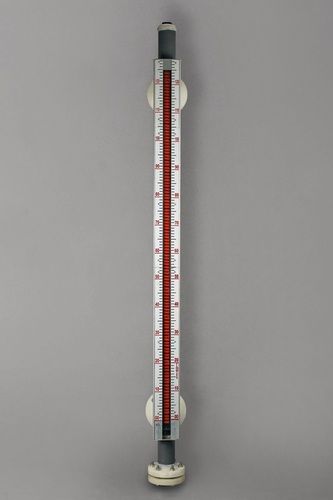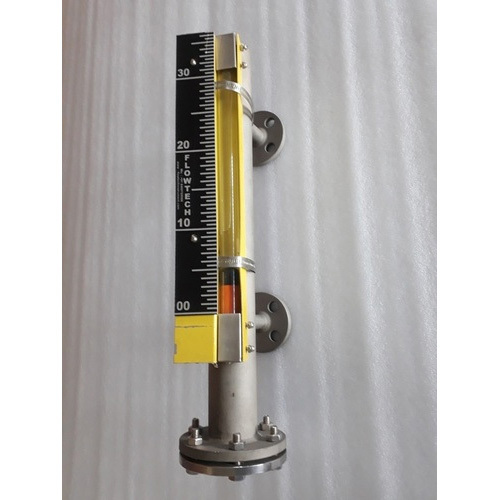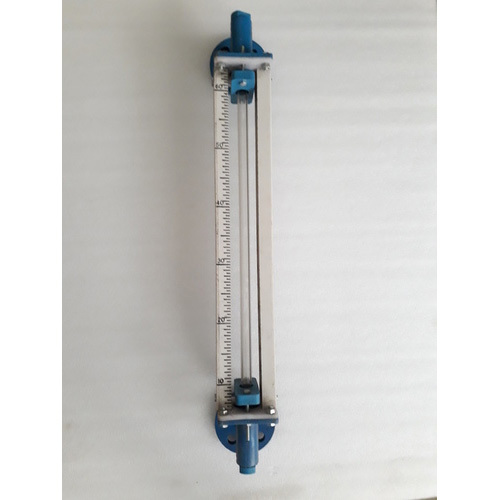Water Tank Level Indicators
Price 7600 INR/ Piece
Water Tank Level Indicators Specification
- Product Type
- Level Indicator
- Operating Temperature
- 0C - 80C Celsius (oC)
- Application
- Acids, NH3, CL2, LPG, PCL3, SO3, Liquid, Tea, Etc.
- Dimension (L*W*H)
- 100mm x 100mm Millimeter (mm)
- Weight
- 2.5 kg Kilograms (kg)
- Material
- Steel
- Warranty
- 1year
Water Tank Level Indicators Trade Information
- Minimum Order Quantity
- 20 Pieces
- FOB Port
- Vadodara
- Supply Ability
- 50 Pieces Per Month
- Delivery Time
- 1 Week
- Packaging Details
- Wooden cage with Thermocol sheet packed
- Main Export Market(s)
- Australia, North America, South America, Eastern Europe, Western Europe, Middle East, Central America, Asia, Africa
- Main Domestic Market
- All India
- Certifications
- ISO 4001, 14001, OHSAS 18001
About Water Tank Level Indicators
FAQs of Water Tank Level Indicators:
Q: What materials are Water Tank Level Indicators made of?
A: The indicators are constructed from high-quality steel for optimal durability and reliability.Q: What is the operating temperature range for this product?
A: The device operates effectively within a temperature range of 0C to 80C.Q: What liquids can this product monitor?
A: It is suitable for monitoring acids, NH3, CL2, LPG, PCL3, SO3, liquids, tea, and similar substances.Q: What is the warranty period for this product?
A: The Water Tank Level Indicators come with a 1-year warranty.Q: What are the dimensions of this product?
A: The dimensions of the device are 100mm x 100mm.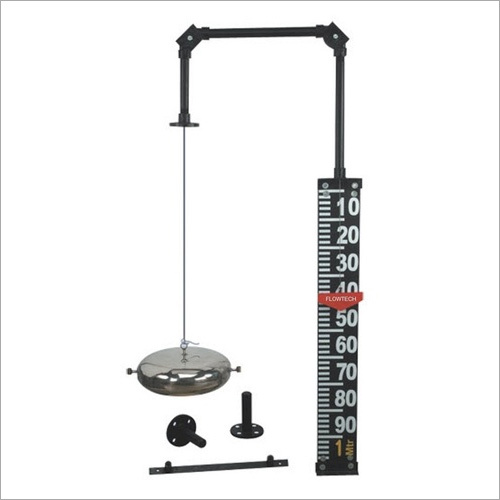
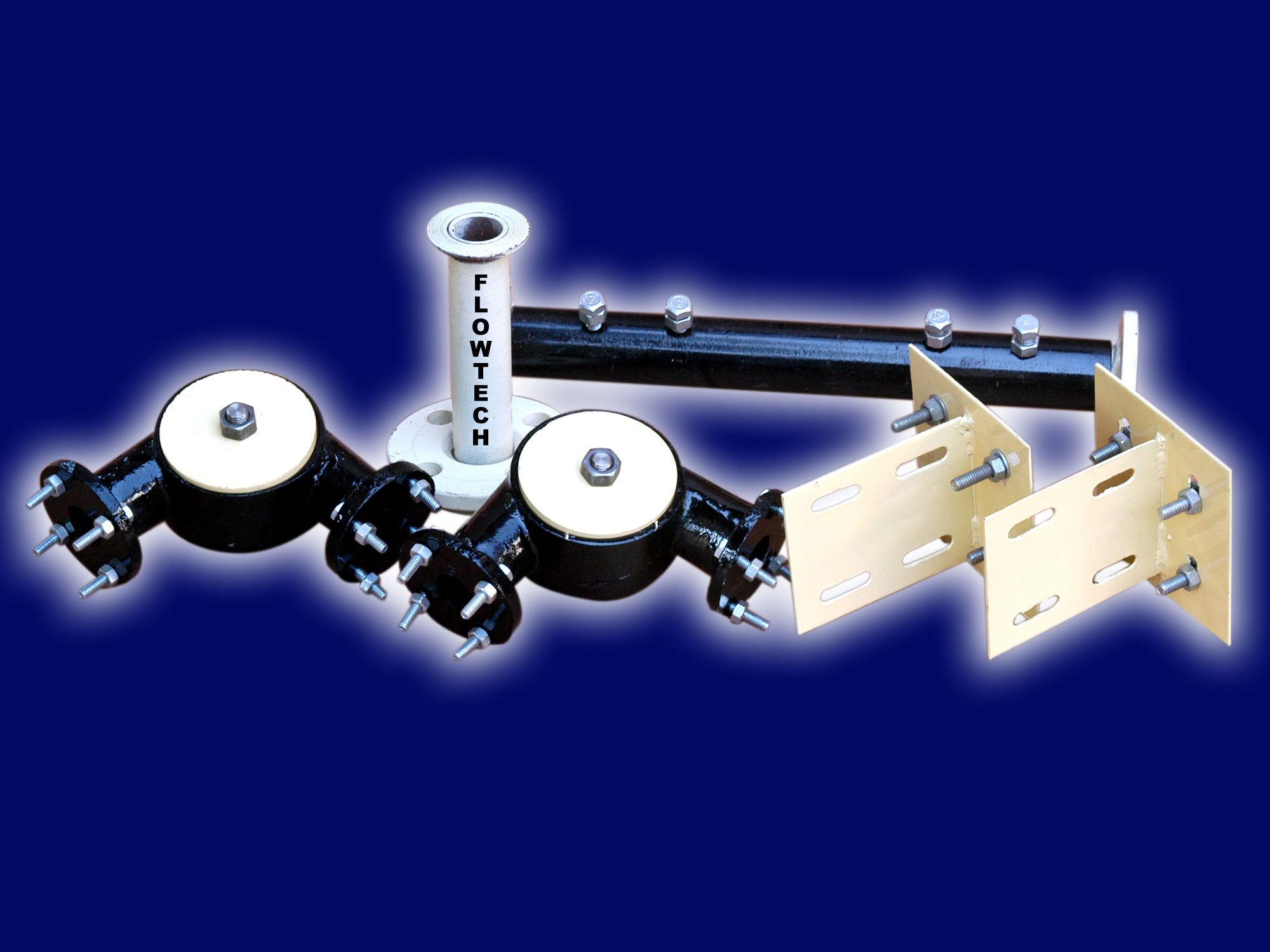
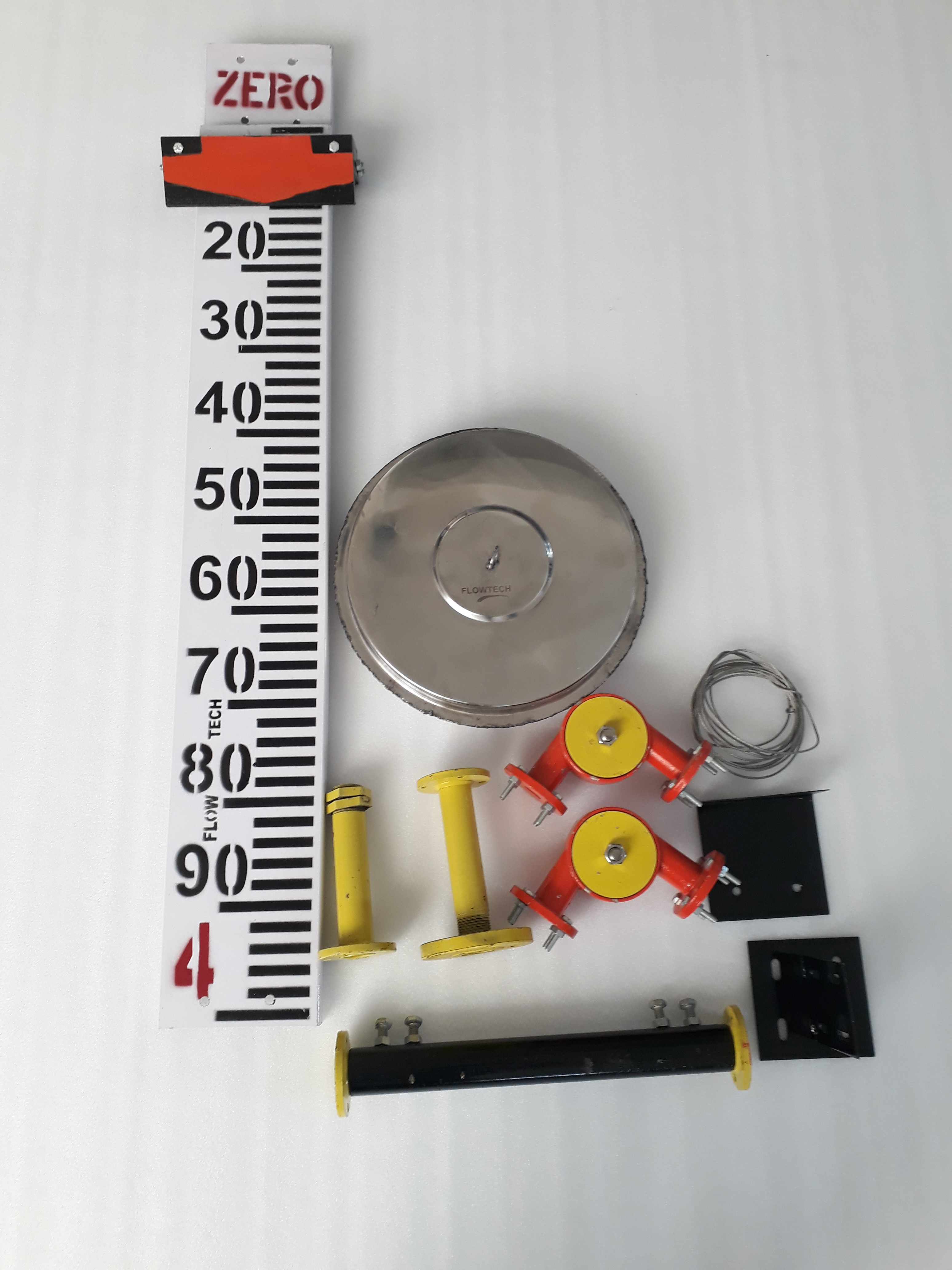
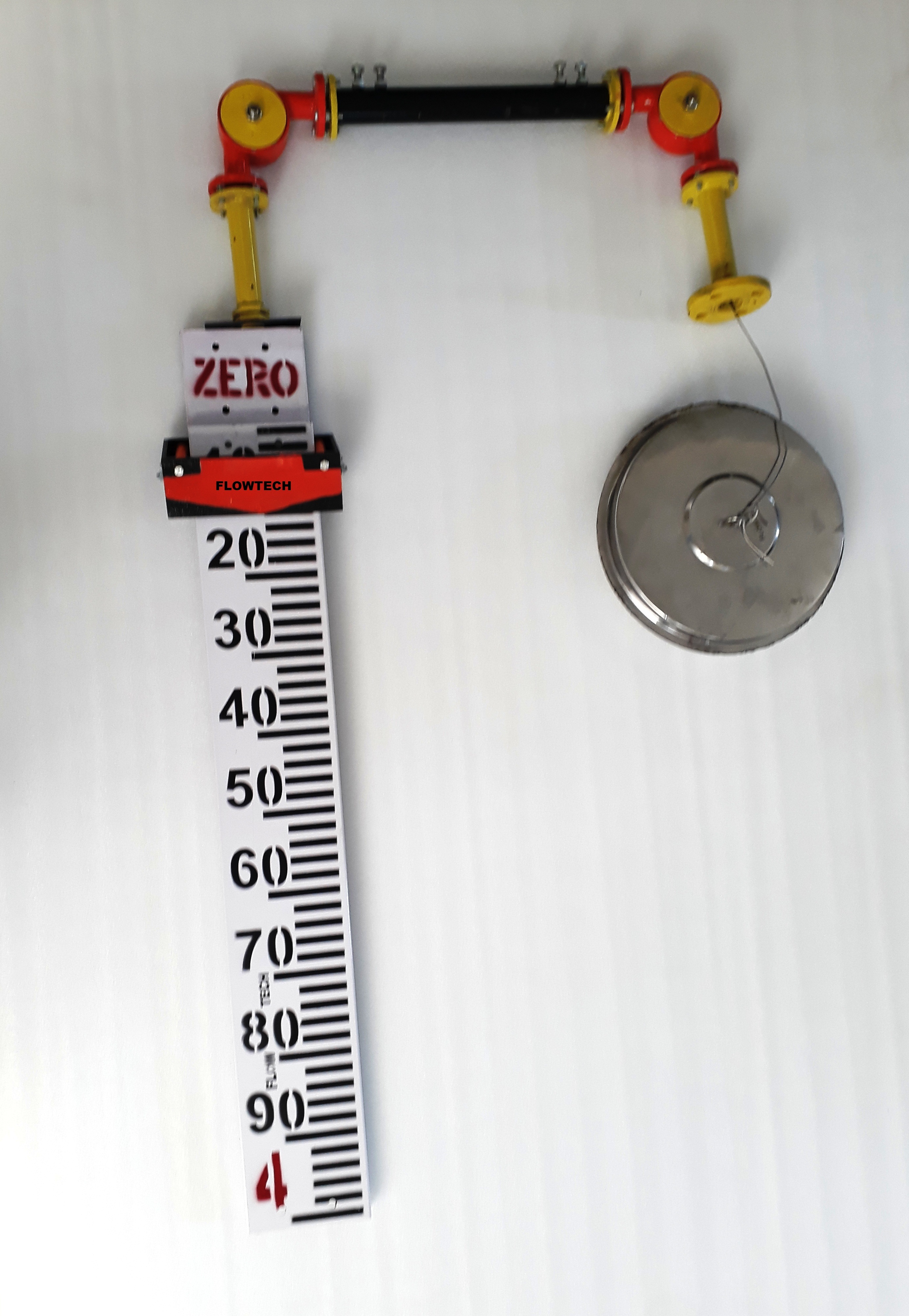

Price:
- 50
- 100
- 200
- 250
- 500
- 1000+
More Products in Level Indicator Category
Magnetic Level Indicator
Price 7200 INR / Piece
Minimum Order Quantity : 1 Piece
Operating Temperature : 20C to 120C
Pressure Type : Up to 10 kg/cm
Application : Level Measurement in Tanks and Vessels
Side Mounted Magnetic Capsule Design Level Indicator
Price Range 5000.00 - 12600.00 INR / Piece
Minimum Order Quantity : 1 Piece
Operating Temperature : 150 Celsius (oC)
Pressure Type : Hydrostatic
Application : Liquid Level Measurement in Tanks and Vessels
Side Mounted Level Indicator
Price Range 5000.00 - 10000.00 INR / Piece
Minimum Order Quantity : 5 Pieces
Operating Temperature : 150 Celsius (oC)
Pressure Type : 15 KG/CM2
Application : WATER, CHEMICAL
Side Mounted Tubular Level Indicator
Price 2700 INR / Piece
Minimum Order Quantity : 1 , , Piece
Operating Temperature : 150 Celsius (oC)
Pressure Type : 10 kg/cm2
Application : Water,Liquid, Gas, DMA, TEA.
 |
FLOWTECH MEASURING INSTRUMENTS PVT. LTD.
All Rights Reserved.(Terms of Use) Developed and Managed by Infocom Network Private Limited. |

 English
English Spanish
Spanish French
French German
German Italian
Italian Chinese (Simplified)
Chinese (Simplified) Japanese
Japanese Korean
Korean Arabic
Arabic Portuguese
Portuguese

 Send Inquiry
Send Inquiry
